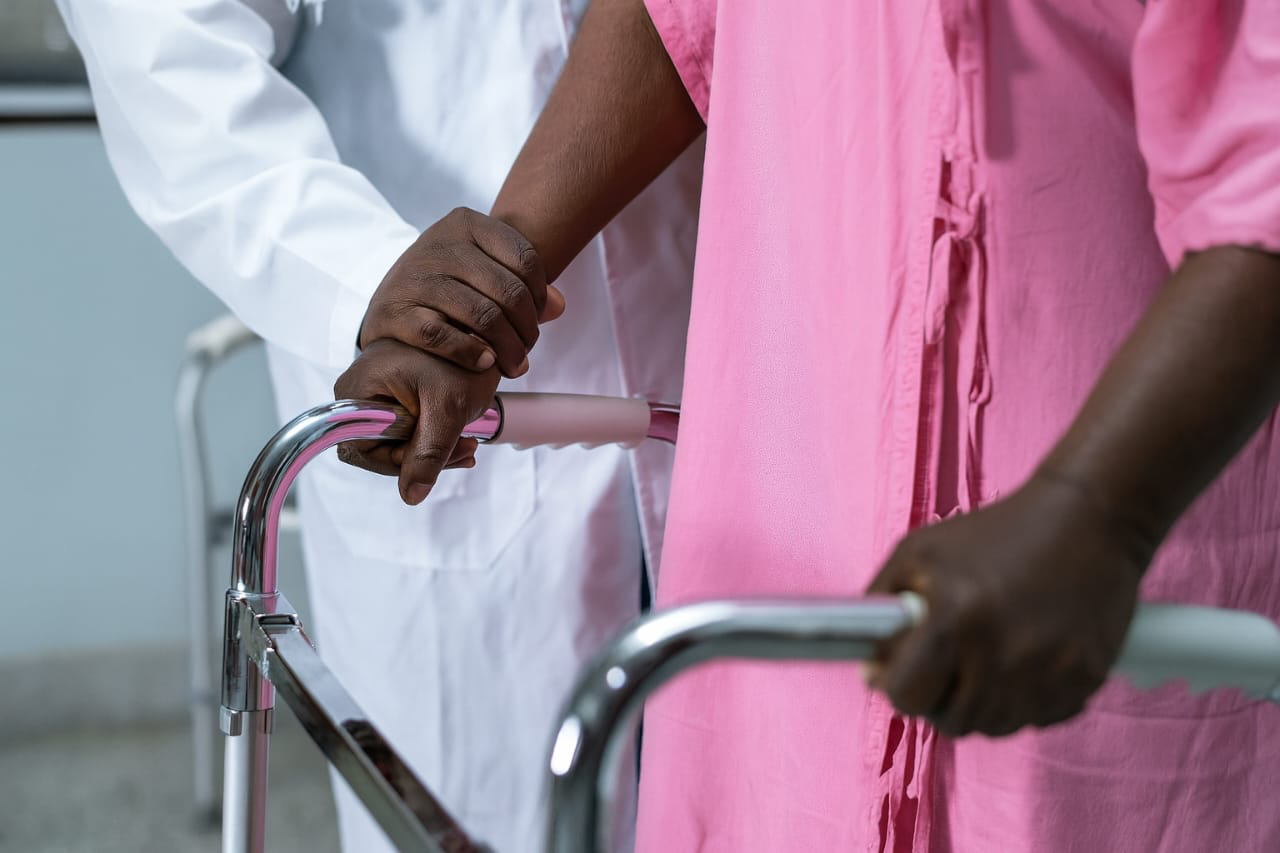
When I landed a job at a city hospital in January, I was assigned to the accident and emergency (A&E) department. For seven months, I saw first-hand how careful planning and sharp preparation enabled our team to respond swiftly when things went sideways, ensuring patients were stabilised quickly and safely.
I’m still amazed at how our state-of-the-art A&E turns chaos into calm, and emergencies into controlled situations. Yet one detail puzzles me: Why are nursing assistants so quick to change patients into hospital gowns within minutes of their arrival?
Sometimes referred to as ‘dignity gowns’, the dignity they provide is relative at best. They don’t come in a wide range of sizes or lengths, and they’re open at the back. Patients are often left with exposed skin, underwear or buttocks on display, and a feeling of extreme vulnerability. Not to mention the chill, especially when they have no other layers to wear.
We should remember that patients in hospital, even those attending for planned procedures, are often anxious and disoriented in what can feel like a depersonalising environment.
That sense of fear is magnified in emergency admissions involving people who are already ill, frightened or affected by dementia, delirium or sensory impairments. These patients may also be in public areas, with other patients and visitors, sometimes of the opposite sex, and might have to walk to toilets, lie on trolleys, or be wheeled down corridors, all while inadequately covered.
Of course, there are times when gowns are necessary, such as in surgery, critical care or during certain imaging and interventional procedures, where full access to the body is essential. But this doesn’t apply to most patients for the majority of their stay. Yet gowns are often put on reflexively and kept on far longer than needed.
In 2010, fashion designer Ben de Lisi collaborated with the Design Council to create a better-designed gown with side fastenings. It was never widely adopted across the NHS, however.
More recently, some trusts, such as the radiology department at Leicester Teaching Hospitals, have introduced gowns designed with more dignity and comfort in mind. Still, in many places, the old, draughty version remains the default.
If you’ve ever toured a historical prison, you’ll know how inmates were stripped of personal belongings and put into standard-issue clothing, marking a loss of identity. We shouldn’t replicate that transformation in our hospitals.
Even something as simple as encouraging patients to wear hospital-issue pyjamas, or better yet, their own clothes, can support recovery. The ‘End PJ Paralysis’ campaign has rightly emphasised that dressing in day clothes and wearing shoes can help restore independence after acute illness or surgery.
A 2019 Lancet paper on the impact of hospital gowns surveyed 928 adult patients and conducted structured interviews with 10. More than half (58 per cent) wore a gown without being sure it was medically necessary.
Most found the design inadequate: 61 per cent struggled to put it on or needed help, 67 per cent said it didn’t fit, 72 per cent felt exposed, 60 per cent felt self-conscious and 57 per cent felt uncomfortable.
Perhaps we should start by limiting gowns to situations where they’re truly necessary, and even then, encourage patients to wear a dressing gown or pyjama bottoms underneath.
Wherever possible, we should support the use of personal clothing or more dignified alternatives.
Most importantly, we as healthcare professionals need to ask: Why are patients wearing these gowns in the first place?











